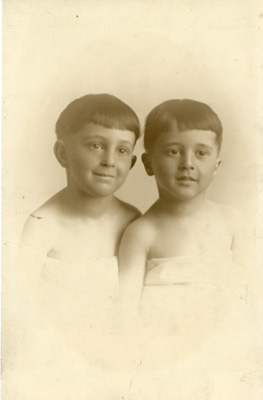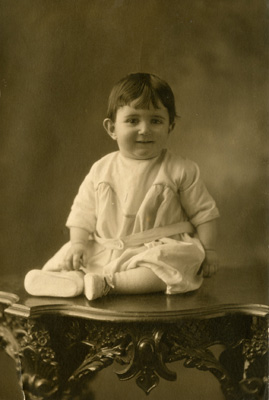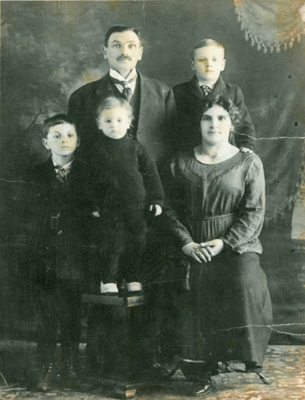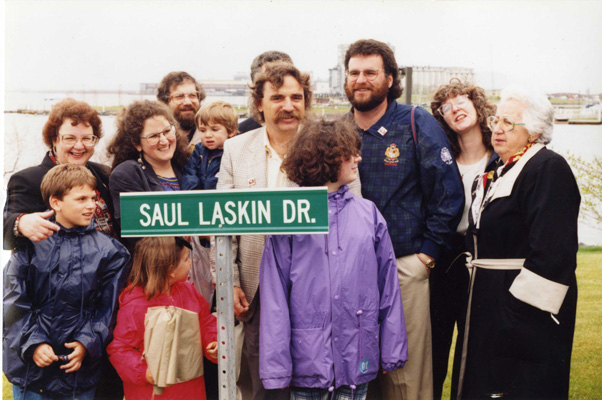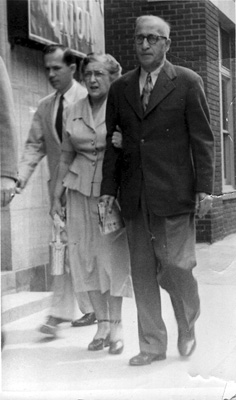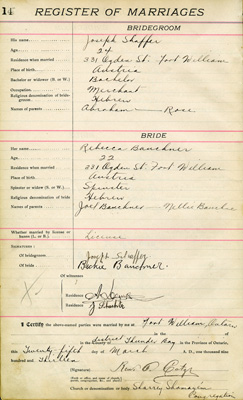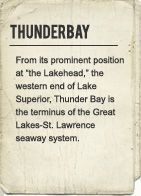The Second Wave
The second wave of Jewish settlers in the region founded small shops and lived in close proximity to each other, similar to the shtetl living arrangements they had been accustomed to in Eastern Europe. They came to Canada, on the promise of cheap land, to seek refuge from the pogroms and rampant discrimination they faced in Poland and Russia. As the Jewish community expanded in the cities of Fort William and Port Arthur and the surrounding municipalities, these new settlers began to form small networks in order to support each other in business and to worship according to their Orthodox faith.
The larger Jewish community lived in Fort William, where the original Shaarey Shomayim congregation secured its religious charter in 1908. Chaim Prochar, a watchmaker, Joseph Enzer, the shul’s first president and a local merchant, and the jeweller Herman Abromovitch, were all listed on the original letters patent as founding members. Other local merchants involved in the newly founded congregation included Moses Marron, Moses Helman, Israel Enzer and Abraham Gellert. Shmuel “Samuel” Shaffer immigrated to Canada from Austria with his wife Sarah and their three children in 1902. His brother Abraham and nephew Joseph followed in 1910 via New Jersey. Mendel “Max” Laskin came to Canada to escape conscription into the Russian Tzarist army and, after working in Montreal and Winnipeg, finally opened a small grocery shop on Cumberland Street in Port Arthur. Port Arthur had a separate congregation that gathered at the home of David Rosenthal, who also ran a Hebrew school until 1925, when the congregations in Fort William and Port Arthur merged. Rosenthal worked in the fur business and was known as a strong community leader, serving as the president of B’nai Brith in the 1920s.
